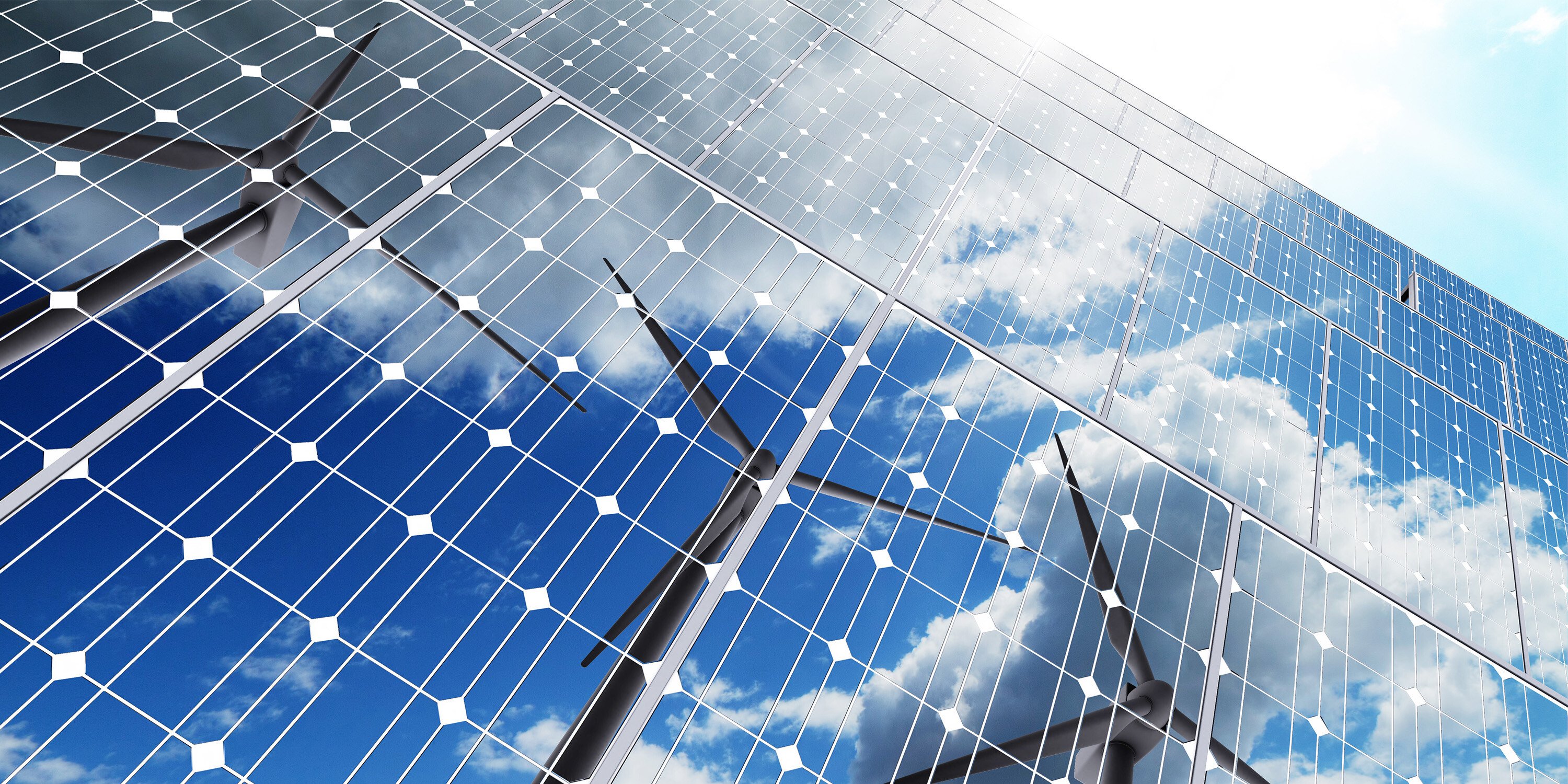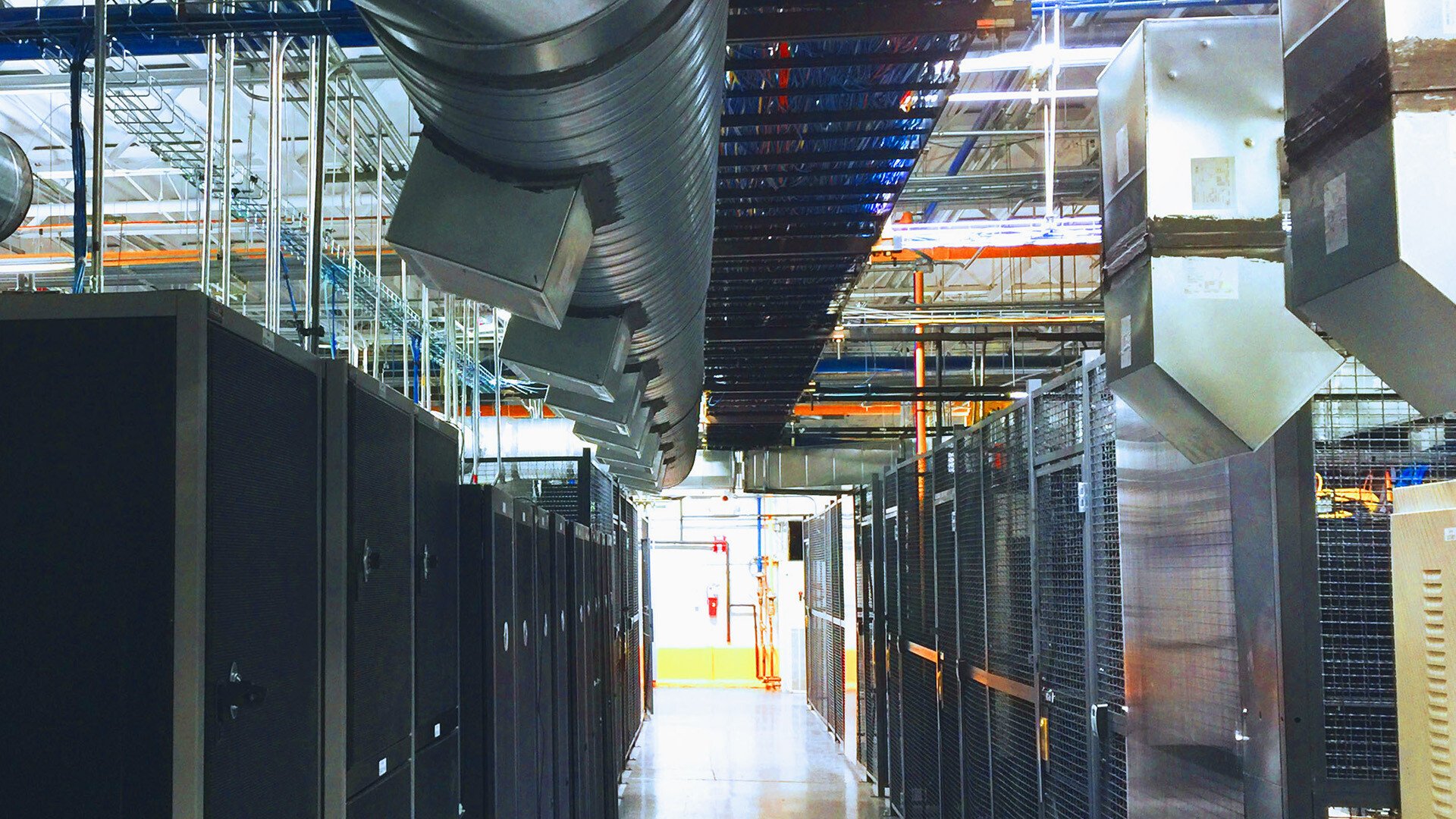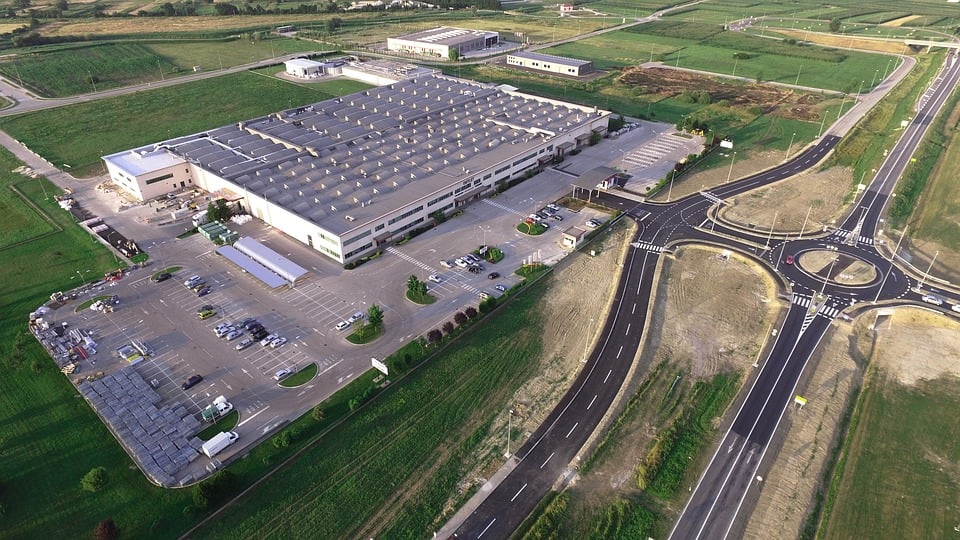Sustainability | November 8, 2023
Winter is coming: Is your sustainability strategy ready?
From increasing resilience through extreme winter weather to maintaining reliability in outage-prone areas, today’s leading sustainability strategies help facilities not only improve their carbon footprint — but stay ahead through wintry climate impacts, too.
Following, we’ll explore two sides of the sustainability coin: 1) How to keep existing investments performing well through winter months, and 2) Why decarbonization tactics can also make your facility operations more resilient through some of the unique challenges posed by winter.
Side 1: Winterize your sustainability investments
Like any facility component, it’s important to batten down the proverbial hatches to protect sustainability program elements like solar panels and building systems from the harsh elements of winter.
- Rooftop solar. Take measures to protect panels from winter storms. If your facility is located in a wintry area, it’s likely your solar photovoltaic (PV) array was designed to handle snowy conditions and may, for example, have snow retention guards in place. Still, it’s always good to double-check if the roof itself is ready for winter before snow starts to fall.
Note: Solar actually does really well in the winter for a variety of reasons. For one, PV systems often perform with better efficiency at colder temperatures. Plus, when snow is on the ground, you also benefit from high ground-reflected radiation. - EV charging. Confirm EV charging stations are up, running, and fine-tuned for winter charging, whether it’s to support your employees/customers or fleet of trucks. After all, some makes and models of EVs may have reduced range in the winter, so it’s an especially meaningful time to deliver access to consistent charging.
Pro tip: If you do offer parking lot EV charging and/or curbside, make sure snowplow operators are prepared accordingly and will plow around the pedestals to assure EV drivers’ can access them. This operational “detail” can be easy to overlook but could be invaluable to the people and processes dependent on reliable charging. - Building systems including heating, ventilation, air conditioning (HVAC). Dot your i’s and perform your maintenance checks, tuneups, and replacements as needed to protect essential building systems and ensure they’re primed to run as efficiently as possible.
Bonus points: In colder winter months, your facility will probably burn more natural gas for building heat — in turn driving Scope 1 emissions. So sustainability measures like proactive HVAC maintenance and efficiency improvements to the building envelope can also reduce Scope 1 emissions related to facility heating.
The Flip Side: Explore sustainability strategies that deliver co-benefits in winter
Sustainability strategies can make your facilities more resilient to winter conditions in a few key ways.
- Protection from power outages. Last fall, the North American Electric Reliability Corp (NERC) warned that a large portion of North America was at risk of insufficient electricity supplies during peak winter conditions. The warning rang true as winter storms went on to unleash historic and high-profile power outages across the East Coast and Texas.
As climate change increases the likelihood of extreme winter weather, many businesses are looking at smart ways to keep the proverbial lights on even when the grid goes down. Backup power and behind-the-meter or solar storage systems are powerful tools facility leaders can use to lessen dependence on grid power while supporting sustainability goals. - Reduced exposure to natural gas price volatility. New Englanders were expected to “pay through frozen noses” for natural gas last year — and they did, amid steep competition to use natural gas for both electricity generation in power plants and as building heat during the frigid winter months.
The bright side for facility leaders pushing for energy risk management is that an array of shrewd sustainability investments can help you reduce facility exposure to natural gas price volatility, from energy efficiency measures and high-efficiency furnaces to electrification, onsite solar generation, and more. - Keep facilities functional and comfortable. Facility improvements often include daylighting to help reduce energy use, a boon for economic as well as environmental priorities.
What’s more, incorporating more daylighting into a facility also has crossover value for the occupant experience. By bringing in more natural light you’ll be helping safeguard against Seasonal Affective Disorder, in addition to fostering biophilia and mental wellbeing in the warmer months, too.
Embrace the evergreen benefits of sustainable facilities
Winterizing your facilities is itself a sustainability strategy. Safeguarding facility improvements, keeping the heat inside, maximizing energy use — these and more sustainability-related efforts can go a long way in reducing your company’s energy spend and carbon footprint through winter.
But the reverse is true too. By investing in sustainability strategies, you can help protect facilities from the varying impacts of a harsh winter. Contact a Mantis pro today to discuss how our sustainability solutions will help you drive business resilience, cost savings, and carbon reductions alike — in winter and all year round.
Related Posts
Discover more content and insights from Mantis Innovation

The Cost of Inaction: Why Businesses Should Act Now on Energy Efficiency
In today's fast-paced business environment, the financial and operational losses businesses incur by delaying energy efficiency improvements, the "cost of inaction," is more relevant than ever.

Carbon Credits Explained: A Primer for Achieving Your ESG Goals
In the race to achieve net-zero emissions, carbon credits have become a crucial tool for companies with hard-to-abate emissions. As of 2024, almost half of the Fortune 500 companies have net zero

Five Trends Driving Data Center Facility Energy Optimization
Today’s digital economy, commercial and industrial digitalization, and the recent explosion in artificial intelligence and machine learning (AI/ML) powered computing are driving massive growth in

Modernizing Manufacturing Facilities: The Drivers and Direction
This blog is just a glimpse into the deep dive we take in our new white paper, Modernizing Manufacturing. Download the white paper here to skip the teaser and get the whole story. The stage is set